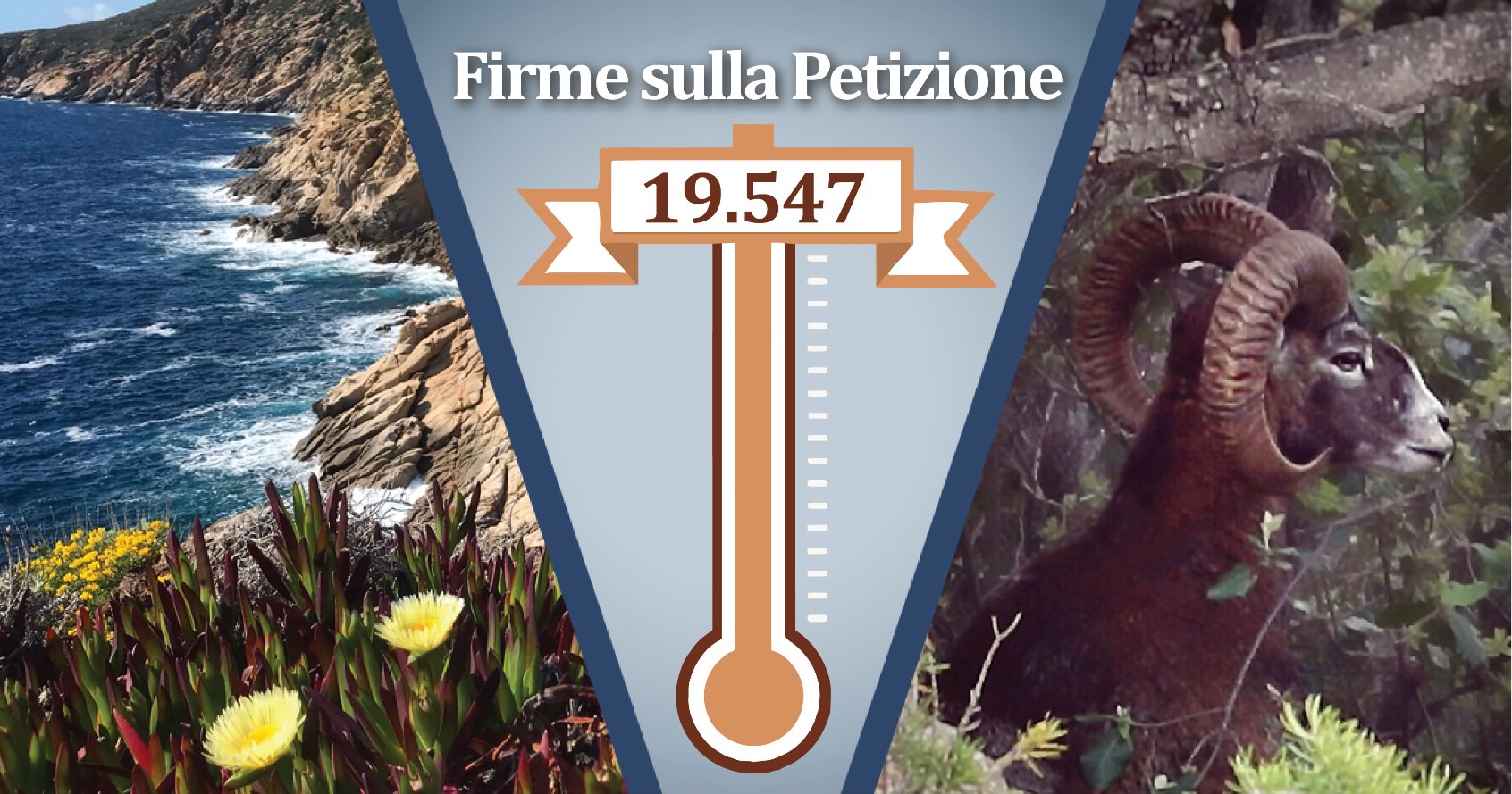
Nearly 20,000 People Oppose the "LETSGO GIGLIO” Project
20 October 2021Cesare Scarfo', SaveGiglioRead the Published Article on GiglioNews
Nearly 20,000 SIGNATURES COLLECTED TO STOP THE PROJECT "LETSGO GIGLIO"
A huge number of people have signed the petition to end the "LetsGo Giglio" project. Since Mufflons were brought to our island in the 1950s for protection, the idea of culling them or moving them from their birthplace after 65 years is something the vast majority of people are strongly opposed to. Many have suggested creating a Protected Nature Reserve for Mouflons on the island, with a sighting trail and small museum, one more attraction that Giglio's unique nature could offer. It should also be emphasized that this historical nucleus of mouflons is the bearer of a precious and unique genetic heritage. They represent essential elements of the "Living Landscape", protected by the Landscape Convention of the Council of Europe. We sincerely thank all those who have signed and will sign the petition to stop the project of the Park Authority.
.
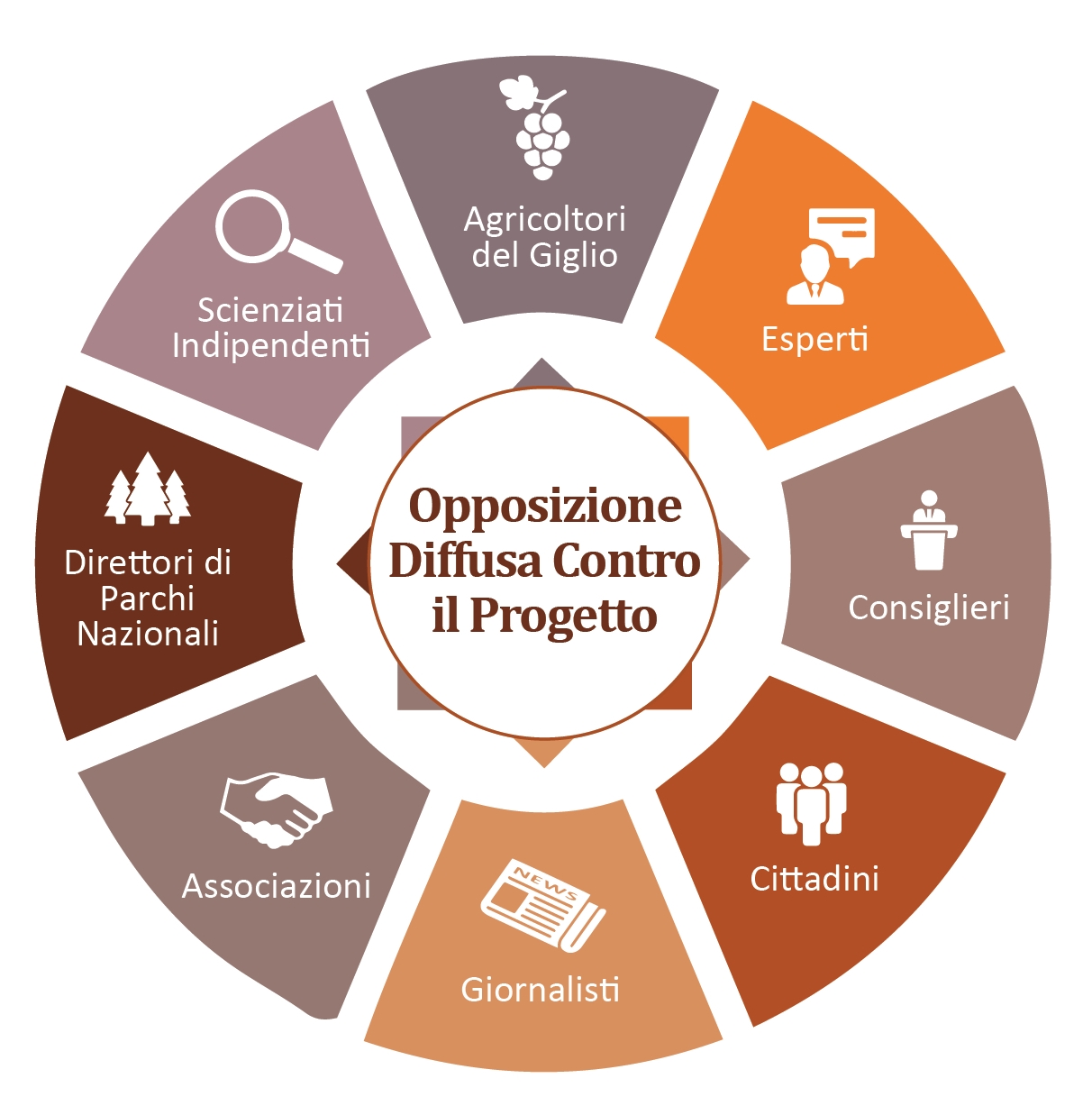
COMPARISON BETWEEN ERADICATION EXPENDITURE AND ACTUAL EXPENDITURE FOR DAMAGE TO AGRICULTURE
In the project "LetsGo Giglio" the cost of eradication of 25-40 Mouflons amounts to about 380,000 euros. In a chronological period of 14 years, from 2007 to the present, the rcompensations for Mouflon damage to agriculture amount to 1,200 euros. Such sum has been demanded from a single farmer for a land without fencing. Despite the incident, the same farmer signed a letter stating that he would like to see the Mouflons protected and maintained at Giglio. In addition, he appeared in an episode of the "Recounts on the Mouflons" to further express his opinion against the culling and eradication of Mouflons.
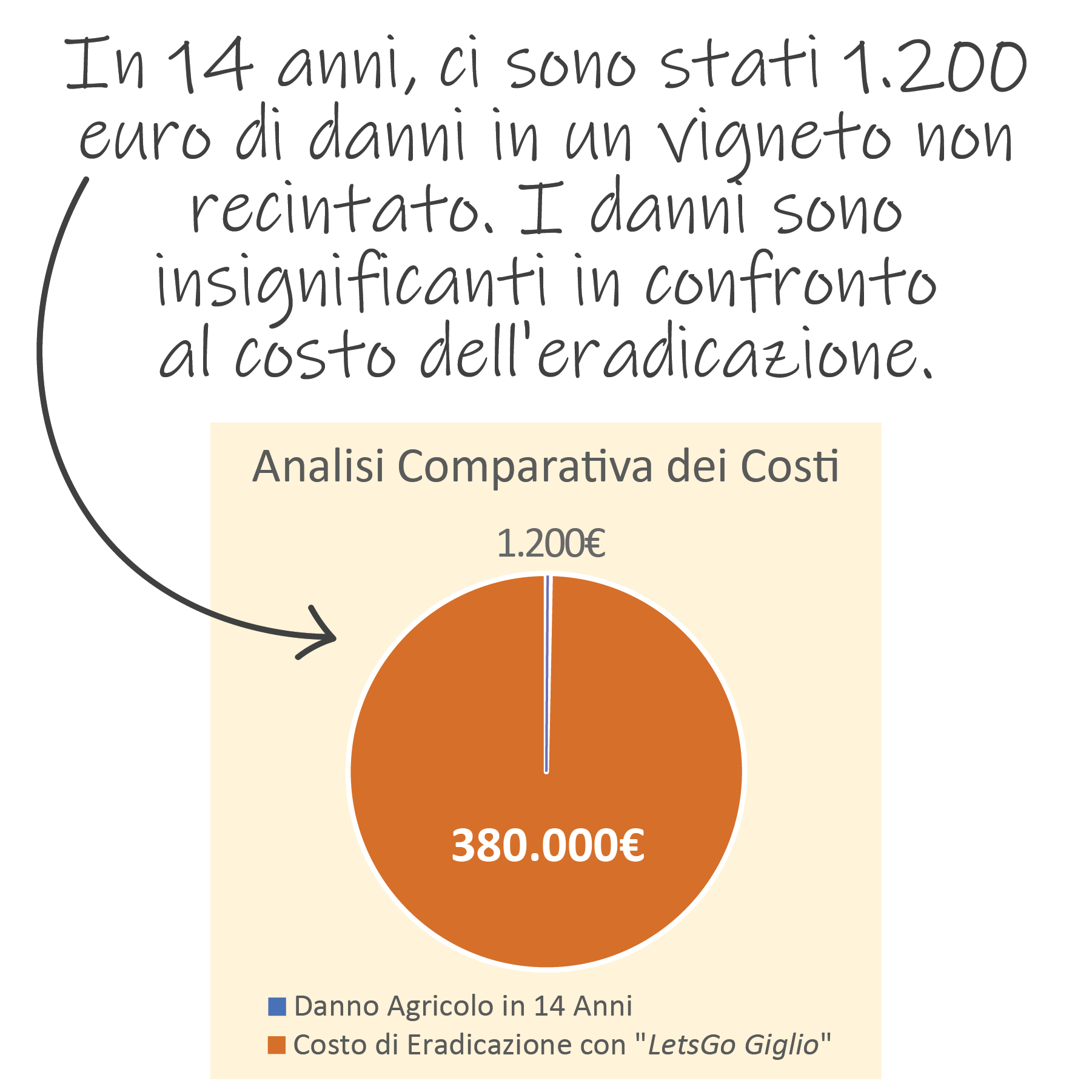
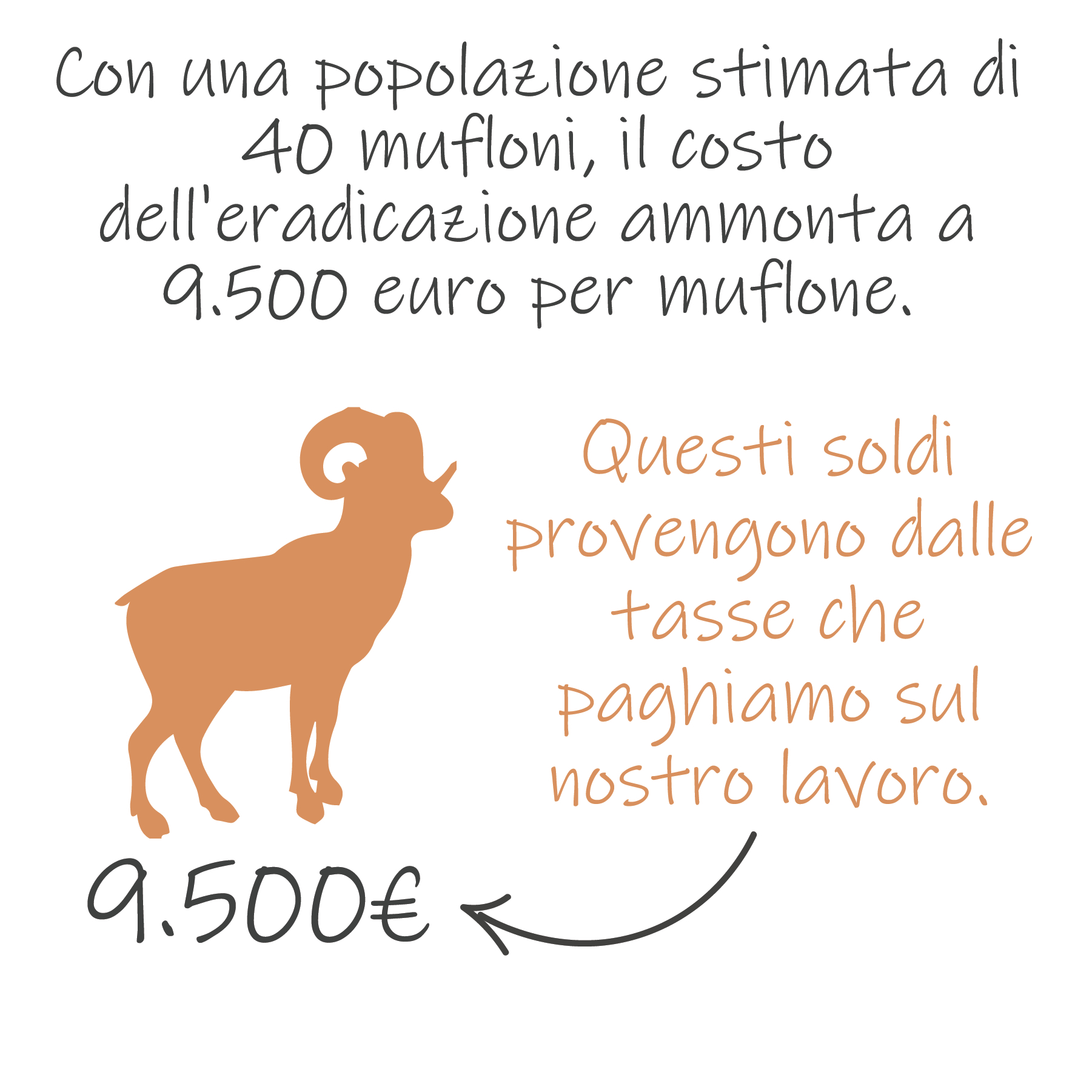
UNGULATE EXPERTS SUPPORT THE INITIATIVE TO MAINTAIN THE MOUFLONS ON GIGLIO
In recent months we have been able to consult numerous ungulate experts and they all agree that the eradication of the Mouflon from Giglio is a stretch. Experts have taught us that the problem of the invasiveness of a species is logically linked to the place and the density of the population and that it makes no sense to generalize referring, among other things, to situations very distant from ours (there are no specific studies conducted in Giglio, only generalizations based on research related to exotic islands such as Hawaii). The density of Mouflons in Giglio is about 1-2 Mouflons every 100 hectares, and is far from being a danger to biodiversity (which can occur with densities of more than 28-30 Mouflons every 100 hectares, in a Mediterranean island context). Experts also point out that a factor that the authorities must consider is the opposition of the locals and amateurs of Giglio to depriving the island of such a special presence, which is now part of the landscape, folklore and local history.
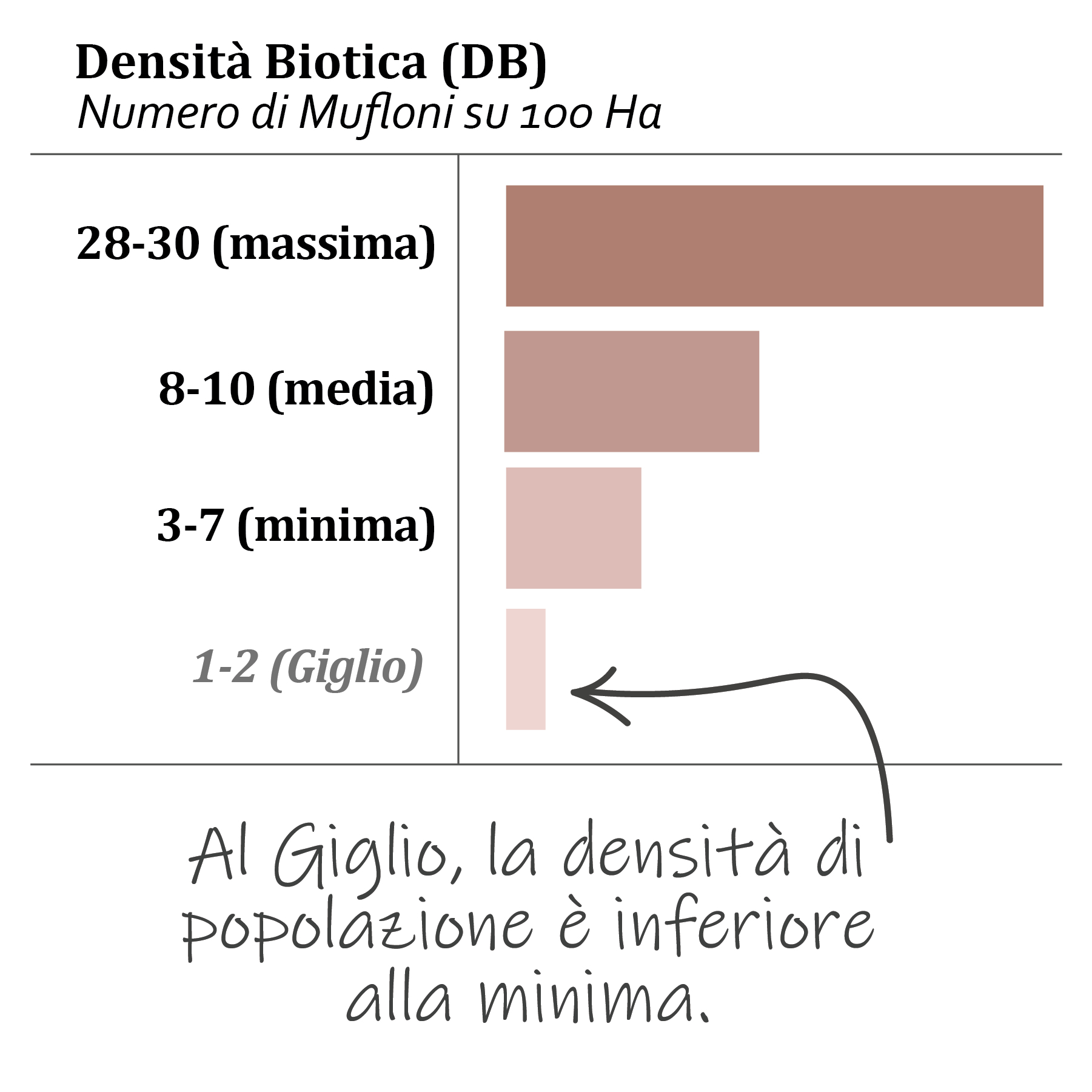
A STORY OF NATURE CONSERVATION TO BE TOLD AND PRESERVED
The Park Authority erroneously claims that the Mouflons have been introduced in recent times for hunting purposes but the truth is that our Mouflons are the residual population of a conservation project of the 50s that has successfully contributed to saving the species from extinction. This nucleus of mouflons present on Giglio was established in 1955, thanks to the interest of zoologists and naturalists Alessandro Ghigi (who founded in 1933 the National Institute for Wild Fauna, today ISPRA), Augusto Toschi (profound connoisseur and strenuous defender of Nature), Renzo Videsott (director of the first Italian park, the Gran Paradiso National Park) and thanks to the dedication of Ugo Baldacci who made available his fenced-in property on the island, on the Franco promontory. Giglio therefore, would remain a unique place in which to preserve the Mouflon, also from the conservationist point of view.
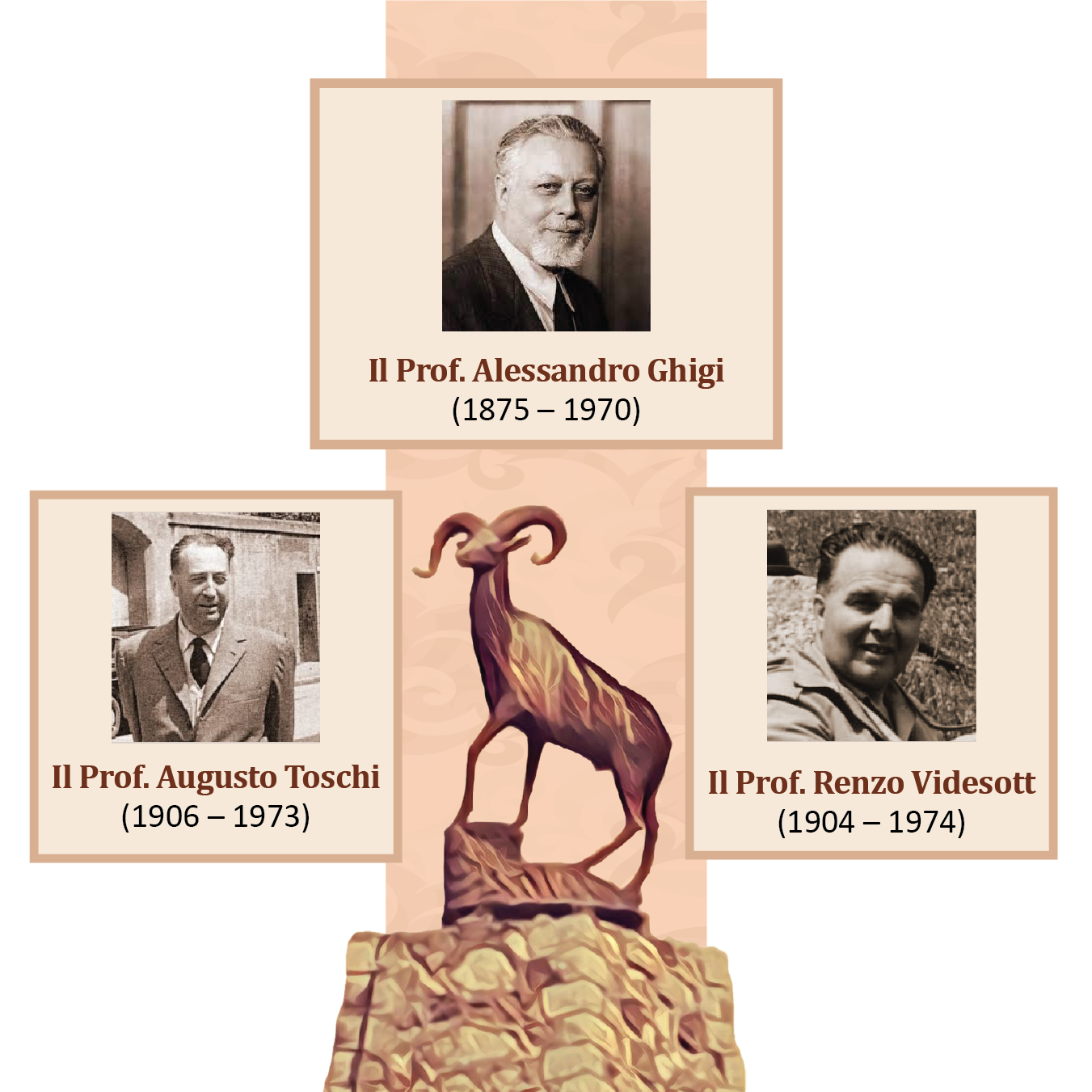
PROPOSAL FOR A PROTECTED NATURAL RESERVE FOR MOUFLONS AND THE CREATION OF A SMALL MUSEUM
Many people have proposed to protect the mouflons of Giglio. The project could be started immediately with little expense and developed through various phases. A small museum, which would be the first on the island, would create an attraction for tourists in all seasons, promoting ecotourism and offering the possibility to learn about this incredible species and its ancient history in Italy. The Museum would have several sections including one dedicated to how the Mouflon has contributed to culture and tradition in Italy and throughout the Mediterranean, being the ancestor of domestic sheep. The cost of realization and preparation of the Museum, of about 50 square meters, would amount to about 150,000 euro. For the setting up and the project of the Museum, our experts have already offered their services completely free of charge: architect and engineer, Cesare Scarfo' and his wife, graphic designer, offer to donate their services; therefore, there would be no expenses for the design and the direction of the works.
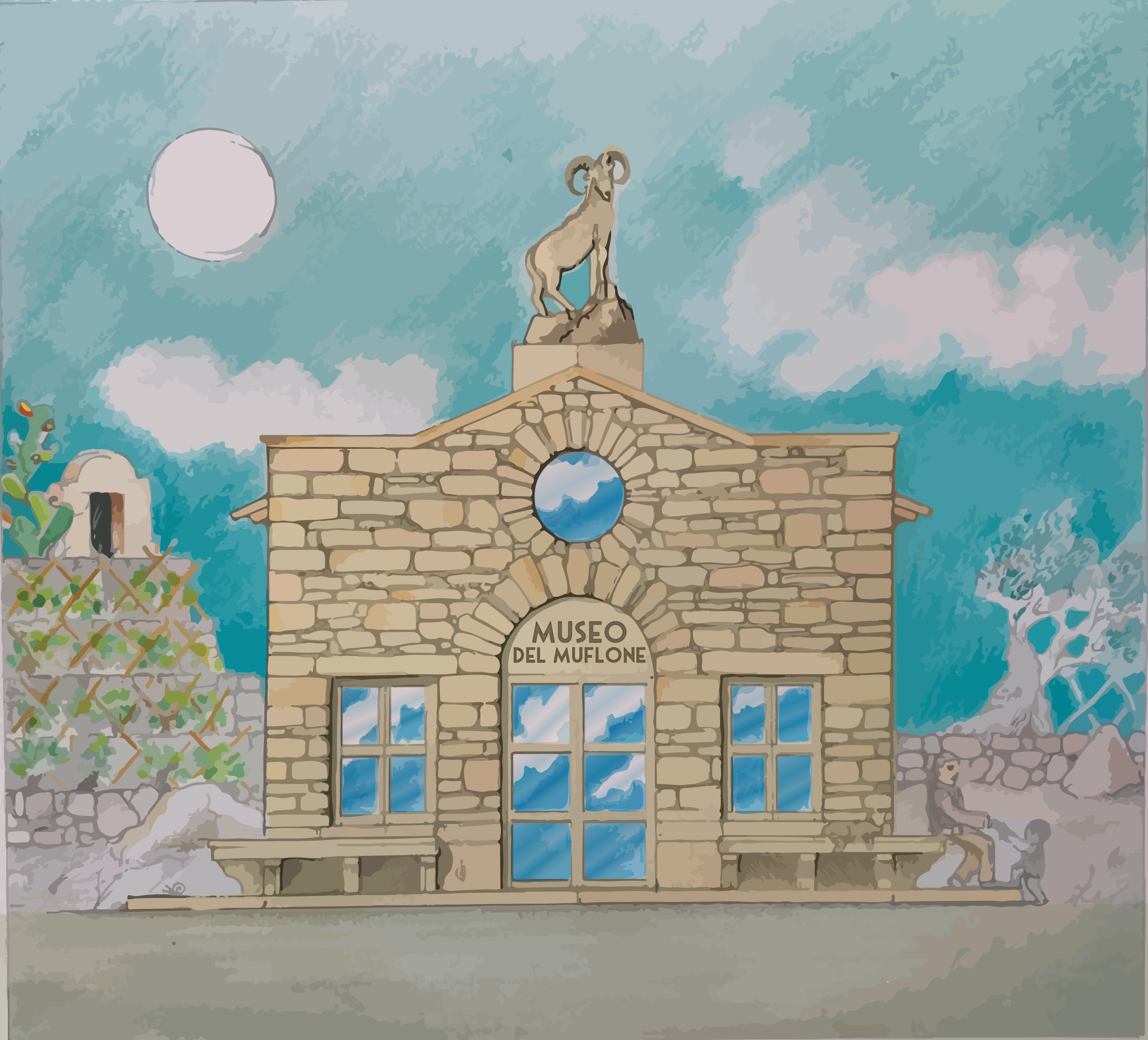
CULTURAL AND SOCIAL BENEFITS FOR THE ISLAND OF GIGLIO
The Mouflon Museum would become a place of education and recreation through research and exhibition, with the capacity to generate a beneficial social, cultural and intellectual change among the population and visitors. This Museum would also be a meeting place where it would be possible to admire the Mouflons and at the same time tell the story of the conservation project carried out here since the 1950's, through which the Mouflon was saved from the danger of extinction on two islands next to ours, Sardinia and Corsica, where it is currently a protected species. This success was achieved here on Giglio and it is natural that this story be preserved and told. The creation of a museum would make this cultural heritage present and accessible to all. Together with the elders of the community, telling the stories, sharing the folklore and truly unique qualities of the Muflone will allow us to appreciate this very special creature, an icon of the Mediterranean, and also to save the incredible story of Nature conservation that took place on the Island of Giglio..
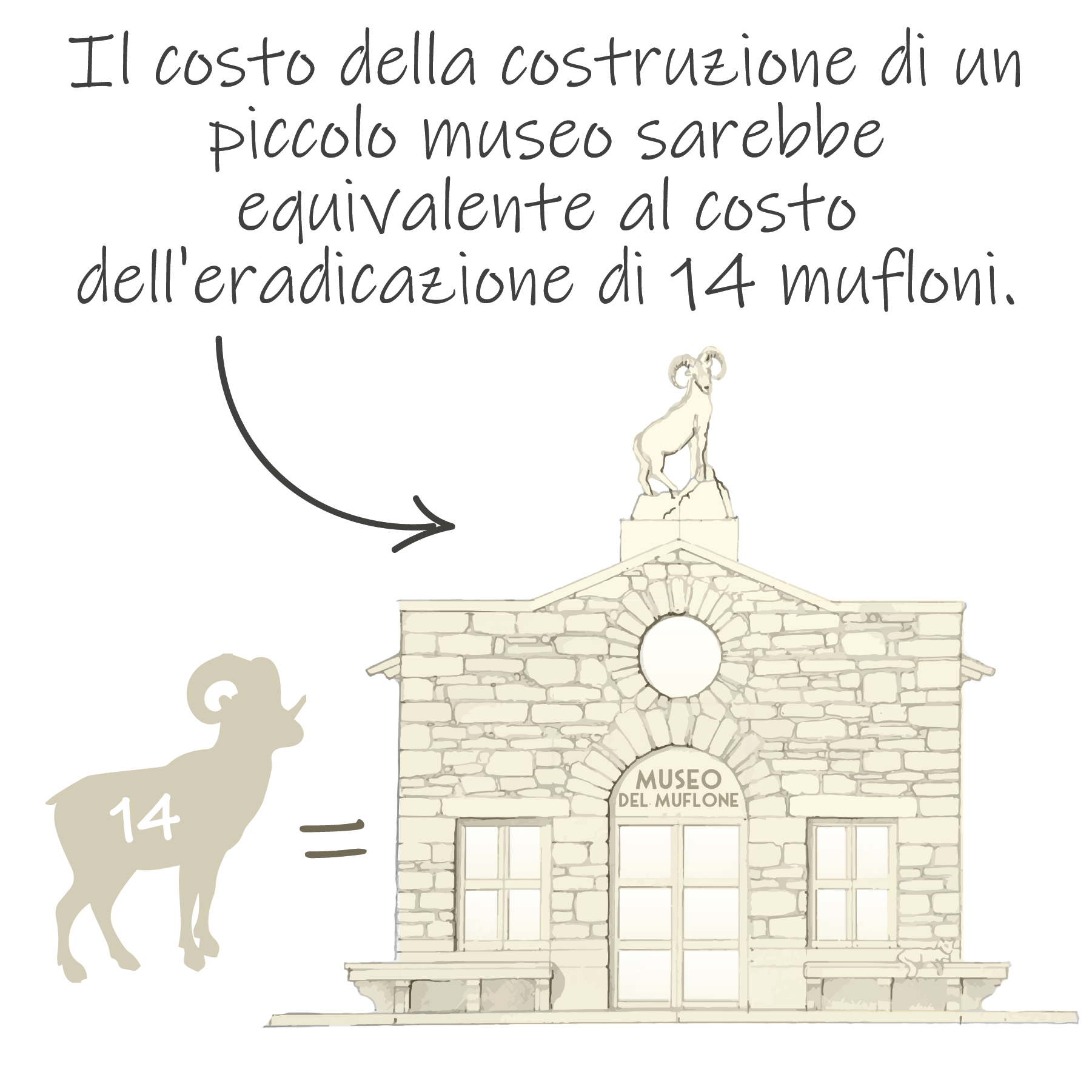
Attached is an illustrated report.
Cesare Scarfo’ per Save Giglio

Save the Mouflons of Giglio Island - Report 2021
Click here to download the report in PDF format complete with bibliography.
DOWNLOAD PDF